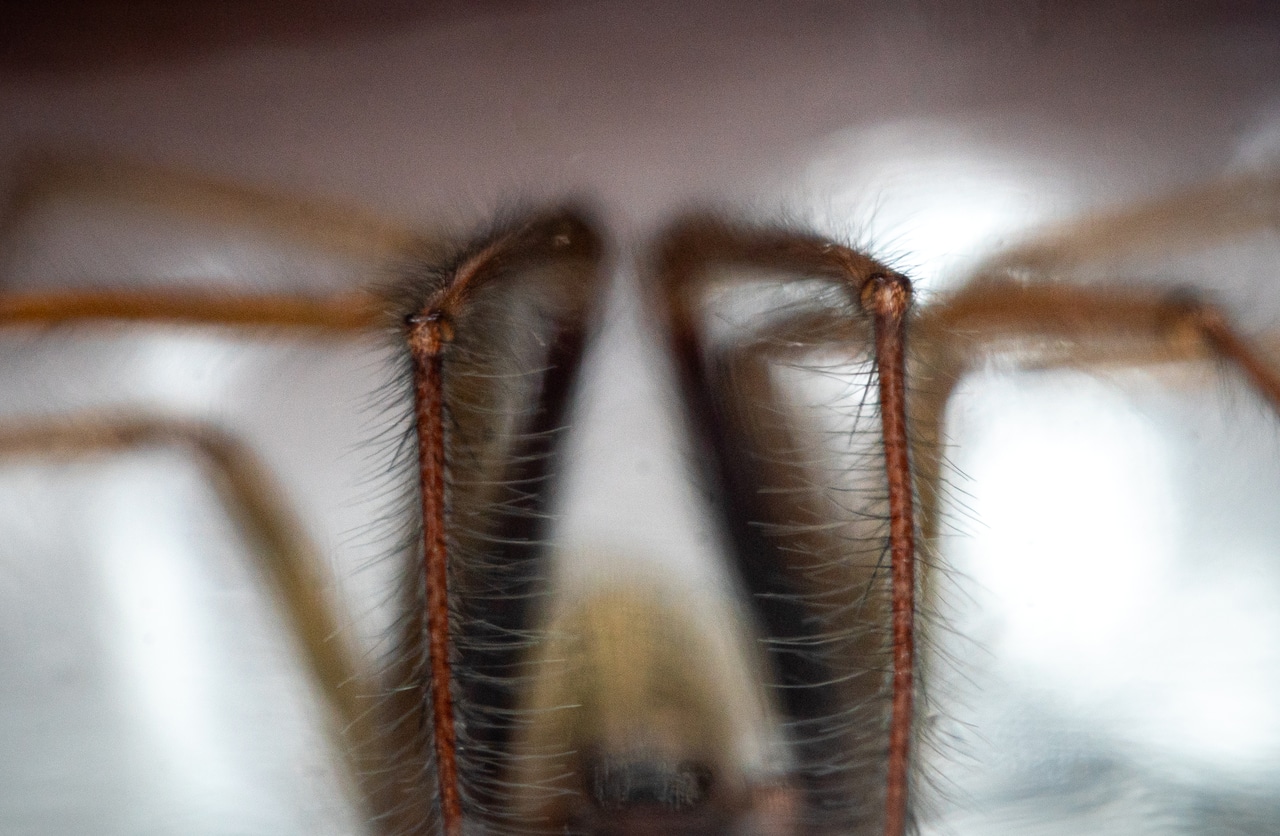Prepare to be amazed (or maybe a little terrified) as we delve into the world of Oregon's largest spider, the giant house spider. While the state is home to over 500 spider species, this particular arachnid reigns supreme in size, often found lurking in the corners of your home.
A Closer Look at the Giant House Spider
The giant house spider, scientifically known as *Eratigena atrica
(formerly *Tegenaria gigantea* and *T. duellica*), is a common sight in Oregon homes between July and September. This is when the males are out and about, searching for a mate. The females, however, can be found year-round, both preferring dark, damp areas such as cupboards, storage spaces, and basements. Garages and sheds are particular hotspots for these spiders.
Despite its size, identifying the giant house spider can be tricky as it resembles other common household spiders. A magnifying glass or expert eye may be needed for a definitive identification.
Unveiling the Giant
The giant house spider is a sight to behold. With a leg span reaching up to 4.7 inches, it can easily cover the palm of your hand. Females have a larger body, while the males boast longer legs. These spiders possess eight eyes of equal size, stacked in two rows, providing them with a unique perspective on their surroundings.
Both male and female giant house spiders are medium to dark brown in colour, with distinctive markings and long, hairy legs. Despite their intimidating appearance, their venom, while present, is harmless to humans and pets. In fact, these spiders are quite docile and are even used in hands-on demonstrations.
A Spider's Lifespan and Habits
The giant house spider reaches maturity within a year and has a short lifespan of only a few years. Males typically die soon after mating, while the females live longer, overwintering and storing sperm to produce egg sacs in the spring. Each egg sac holds around 60 spiderlings. If food becomes scarce, these spiders will resort to cannibalism.
Giant house spiders are known for their incredible speed. Until 1987, they held the title of fastest spider in the world, capable of reaching speeds of 1.5 feet per second. Their diet consists mainly of insects, including bedbugs, cockroaches, earwigs, and flies.
Oregon's Giant House Spider: More than Meets the Eye
It's important to remember that these spiders are beneficial organisms and should be left alone whenever possible. Their presence in your home actually indicates the presence of other insects, which are their primary food source.
While giant house spiders are sometimes mistaken for wolf spiders, the latter prefer outdoor environments in warm, dry climates. Giant house spiders are also more frequently encountered than hobo spiders.
Protecting Your Home
It is impossible to completely prevent spiders from entering your home. However, keeping windows closed, using insect screens, and sealing any gaps in your home's exterior can help to deter them.
Further Information
For more detailed information on the giant house spider and other Oregon spider species, explore these resources:
Spiders of Portland identification guide: [http://web.pdx.edu/~smasta/MastaSpiders.html](http://web.pdx.edu/~smasta/MastaSpiders.html)
Oregon Department of Agriculture spider identification submission: [http://www.oregon.gov/ODA/programs/IPPM/Pages/OregonSpiders.aspx](http://www.oregon.gov/ODA/programs/IPPM/Pages/OregonSpiders.aspx)
Spiders.us website with photos of Oregon spiders: [http://www.spiders.us/species/filter/oregon/](http://www.spiders.us/species/filter/oregon/)
By understanding the fascinating world of Oregon's giant house spider, we can appreciate their role in the ecosystem and coexist peacefully within our shared space.

